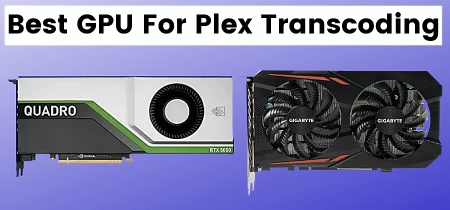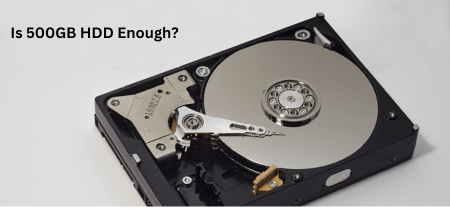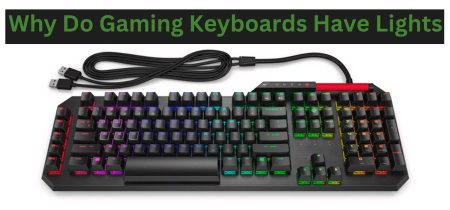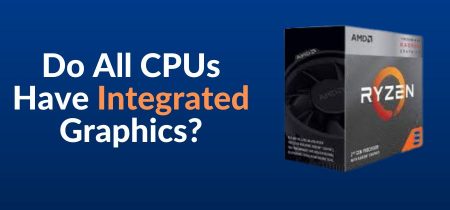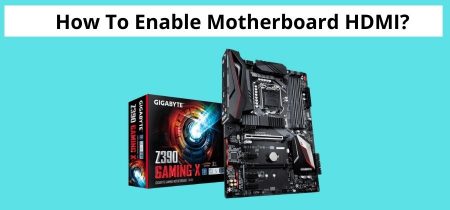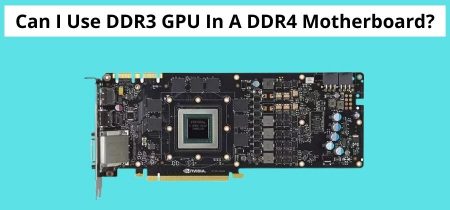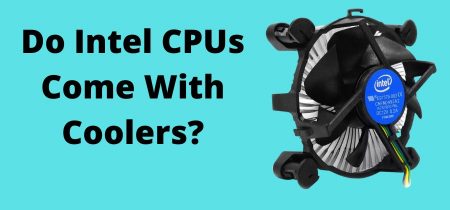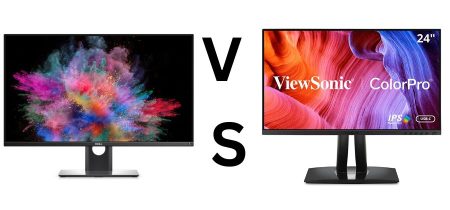PCIe lanes are the information highways that carry data from the PCIe device attached to the motherboard to the CPU for processing. A feature we notice most builders miss when choosing the motherboard and processor for a PC build is selecting the appropriate number of PCIe lanes.
Identifying them is not only necessary for a fresh build, but it also decreases the need for future upgrades, making your equipment future-proof. PCIe is a high-speed standard that allows expansion cards to add additional functionality to your motherboard. PCIe is one of two basic techniques for adding components to your PC, the other being SATA.
Knowing what PCIe lanes are and how many you have is critical to constructing a PC that satisfies your current requirements while also being future-proof. The number of PCIe lanes assigned to a component significantly impacts operations like rendering with several GPUs because the bandwidth of these lanes restricts the maximum performance of a part connected to a PCIe slot.
In this article, we’ll walk you through the many PCIe configurations and generations you’ll come across, as well as how to figure out how many PCIe lanes you’ll need based on your workload.
What is PCIe?
A PCIe (or Peripheral Component Interconnect Express) card, is a sort of interface that connects high-speed components to your computers, such as graphics cards, SSDs, and WiFi cards. PCIe is a high-speed standard that allows expansion cards to add additional functionality to your motherboard.
These cards plug into PCIe slots on the motherboard and add video graphics processing, network connectivity, and storage expansion. These devices must communicate with and share data with the CPU to complete their jobs.
What Are PCIe Lanes?
A PCIe express lane is essentially a data pipeline between a PCIe device and the CPU; with each new iteration of PCIe, the per-lane speed doubles. PCIe V3.0, for example, is twice as fast as PCIe V2.0.
A processor with a quicker clock speed cycle would also move data through the lanes more quickly. Because it gives a single lane, X1 is the slightest connection. This connection is best for devices requiring only a tiny amount of data transfer, such as sound cards.
The more lanes a slot machine has, the faster it multiplies. If the x1 slot has a single road with a transfer speed of 1.0 GB/s, the x4 slot with four lanes will have a transfer speed of 4.0 GB/s.
PCIe Lanes: how do they work?
The transaction layer, data link layer, and physical layer make up PCIe, a multi-layered protocol. A media access control (MAC) layer is subdivided from the data-link layer. Depending on the negotiated capabilities, each lane consists of two unidirectional differential pairs working at 2.5, 5, 8, or 16 Gbit/s. Transmit and receive, on the other hand, are two independent differential pairs, totalling four data wires per lane.
Every lane is a connection between an expansion card and the processor’s PCI controller (Southbridge) or the processor itself (which is nearly typically the graphics card slot). A four-lane connection will have double the bandwidth of a two-lane connection since bandwidth scales linearly. The place may need to be resized depending on the bandwidth requirements of the expansion card.
A physical PCIe x16 slot can hold an x1, x4, x8, or x16 card, and an x16 card can run at x16, x8, x4, or x1 speeds. An x1 or x4, or x8 card can fit in a PCIe x8 slot, but an x16 card cannot. To add to the confusion, there are many versions of the PCIe interface. A motherboard may also feature numerous slot sizes and different PCIe versions, such as 1.0a, 1.1, 2.0, 2.1, 3.0, 3.1, 4.0, and the soon-to-be-released 5.0.
Configuration of PCIe
PCIe slots are usually available in sizes of x1, x4, x8, and x16. PCIe slots are available in bandwidth sizes of X1, X4, X8, and X16. The number following the X prefix indicated the number of lanes open in the slot.
X1 PCIe Slot
There is only one lane in this layout. This indicates that there is just one path for data bits to enter and exit the CPU. This is similar to a one-lane highway.
The lane speed of a PCIe interface is usually the same with each generation. Thus we need to enhance the number of lanes to gain faster data transfers.
PCIe X4 Slot
Compared to the X1 slot, this one has four lanes or quadruple the number of routes. Because the data rate per lane would be identical, each cycle would result in 4 bits of data sent to and from the devices. This translates to more bandwidth and, as a result, more data transfer. It doesn’t end there, though.
PCIe X8 Slot
The number of lanes in this slot is double that of the X4 space. With each clock cycle, you gain four more lanes to transport data. This, of course, provides more bandwidth and is superior to the X4 slot for applications requiring all four lanes. This leads us to the most extensive configuration that is widely available.
Which processors have the most number of PCIe lanes?
The number of PCIe lanes supported by each chip varies. For example, Intel Core i5 or i7-8700K or i9-8950HK have up to 116, 288, 18+24 PCIe lanes with a maximum of 16 PCIe lanes. Furthermore, the 6850K and higher i7s have 40 routes. At PCIe 3.0, the Intel Xeon E5-4669 v4 has a maximum of 40 PCIe lanes, while the E7-8894 v4 has ‘only’ 32 lanes (per processor). With the EPYC CPUs, AMD has upped the ante by including 128 PCIe 3.0 lanes.
What complicates things in the tech business nowadays is that motherboard manufacturers must design motherboards to handle a variety of processors, each of which may have a varied amount of PCIe lanes. So a motherboard with an i7-6850K CPU may be able to address several x16 slots.
Whereas a ‘lesser’ chip, such as the i7-8700K, may have fewer lanes available, with only one x16 slot. To make matters even more complicated, NVME and other extensions require PCIe lanes. With NVME becoming a must-have feature for a new motherboard, the expansion slots now have even fewer lanes available.
When deciding how to connect to the real world, figuring out how to get the most out of a motherboard in terms of application performance becomes increasingly complex. When operating at near-maximum capacity, PCIe lane allocation can make or break the routine of high-speed boards like RAID controllers.
Is it necessary to have PCIe lanes?
Each PCIe device requires a specific number of lanes to operate at total capacity. Graphics cards, for example, usually need x16, although slower USB cards can get by with x1. In general, you’ll want to make sure you have enough PCIe lanes to handle the TOTAL PCIe requirements for the devices you’ve chosen.
Thus the answer to this question will vary depending on your exact PC setup. For reference, a list of popular PCIe devices and the number of lanes they require is provided below, although it’s best to double-check these figures with your unique components. Choose your devices, then add up the number of lanes you’ll need.
What if I don’t have enough PCIe Lanes?
So you’ve done your study and calculated the number of lanes you’ll need, but either your motherboard or your processor lacks the necessary slots or lanes. To back to our highway analogy, what happens when too few lanes for too many cars? It’s the same situation here.
But that doesn’t imply your system is doomed to get clogged. Most graphics cards perform best with 16 lanes, although they will work with eight if necessary, albeit not as well. This downclock occurs in the background when more lanes are required than are available, and it occurs without your knowledge, so aside from the performance hit, you’d be unlikely to notice it. After all, using a graphics card at x8 isn’t ideal for maximizing performance, but it could be helpful in some cases.
Final Verdict
Any enthusiast should understand what a PCIe lane is and how it affects their PC builds. PCIe lanes are required for communication between a computer’s CPU and peripheral devices connected to the motherboard in technical terms.
The main thing to remember about lanes is that the more lanes on a slot, the more bandwidth you’ll be able to get if you connect a suitable device to it.
It’s also worth noting that different gadgets necessitate varied numbers of lanes. Graphics cards, for example, require extremely rapid transfer speeds, necessitating the use of bigger 16-lane PCIe slots. On the other hand, you can install network cards in a single-lane slot.
If you are also looking for the Best DDR3 Motherboard for gaming, please check this article: Best DDR3 Motherboard in 2022
Frequently Asked Questions
Do M. 2 drives use PCIe lanes?
M.2 SSDs can utilize up to four PCIe lanes. However, they usually go through the chipset. However, it is relatively common for a single M.2 slot to be directly connected to the processor. And this is the slot where you should install your primary NVMe drive.
What factors influence the number of PCIe lanes?
The total number of PCIe lanes on your system might range from 30 on a typical PC to 128 on workstations. In general, the number of PCIe lanes you have is determined on your CPU and motherboard chipset.
Do PCIe lanes have an impact on performance?
A PCIe lane is only a technique of connecting components inside your computer; it has no bearing on CPU performance.
How do I choose a PCIe lane?
We recommend using PCIe lanes connected directly to the processor for your graphics card and primary drive. Using the chipset PCIe lanes for other storage drives and add-on cards is suggested, provided your processor PCIe lanes are entirely populated.


